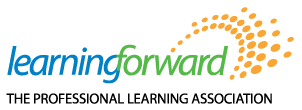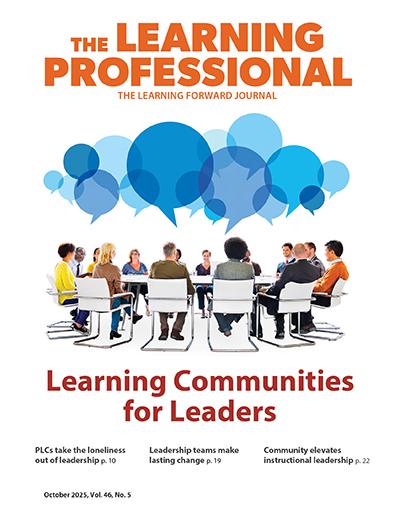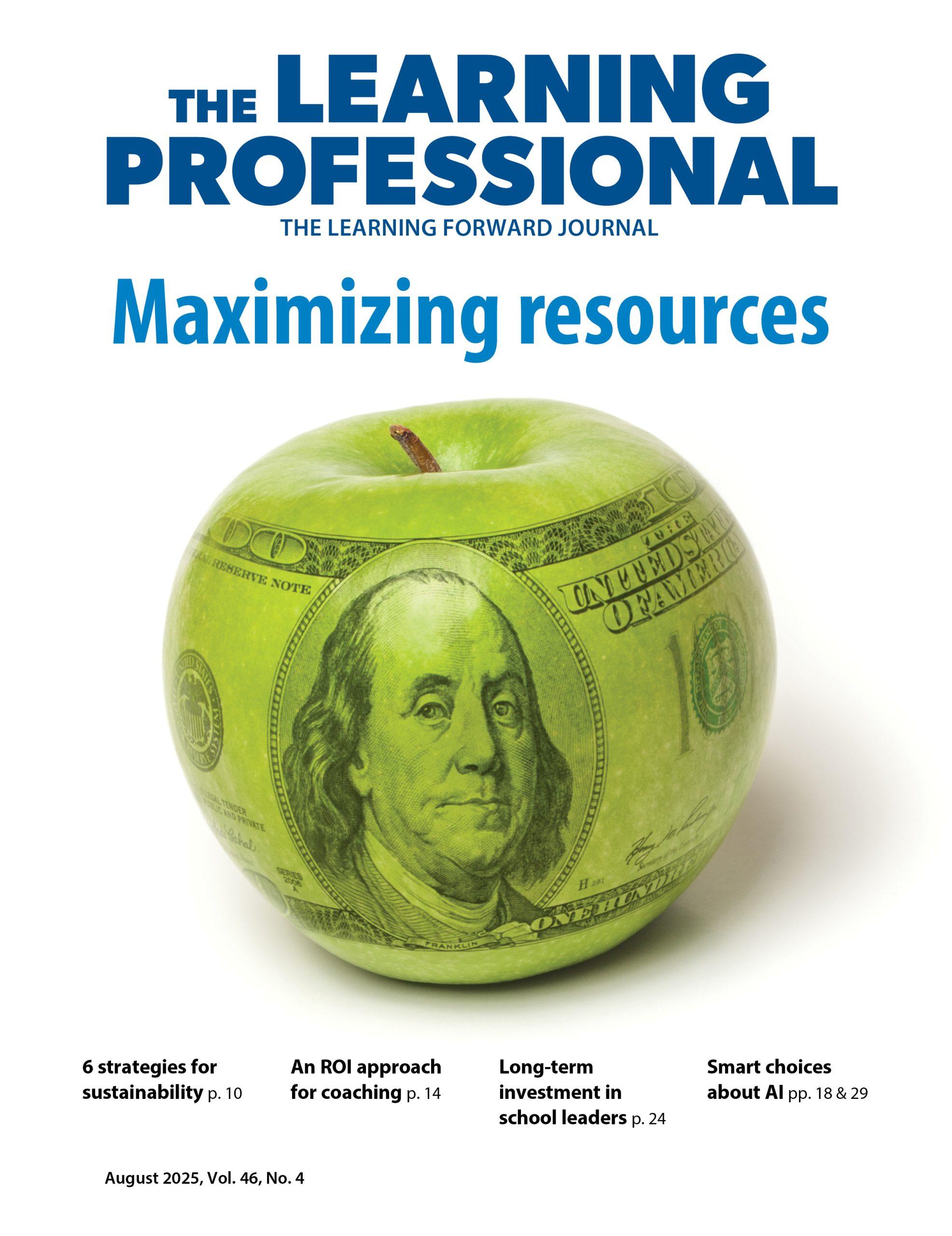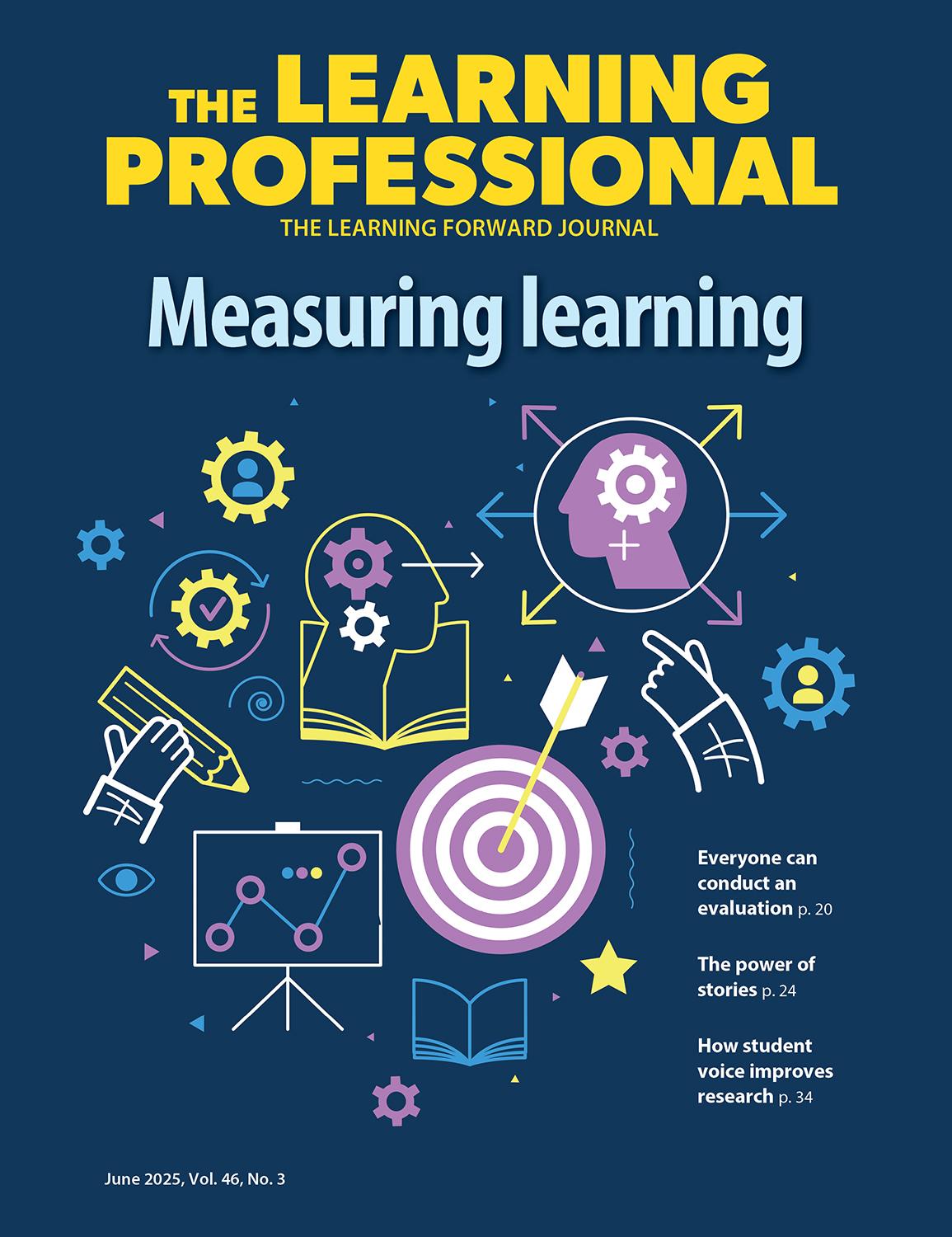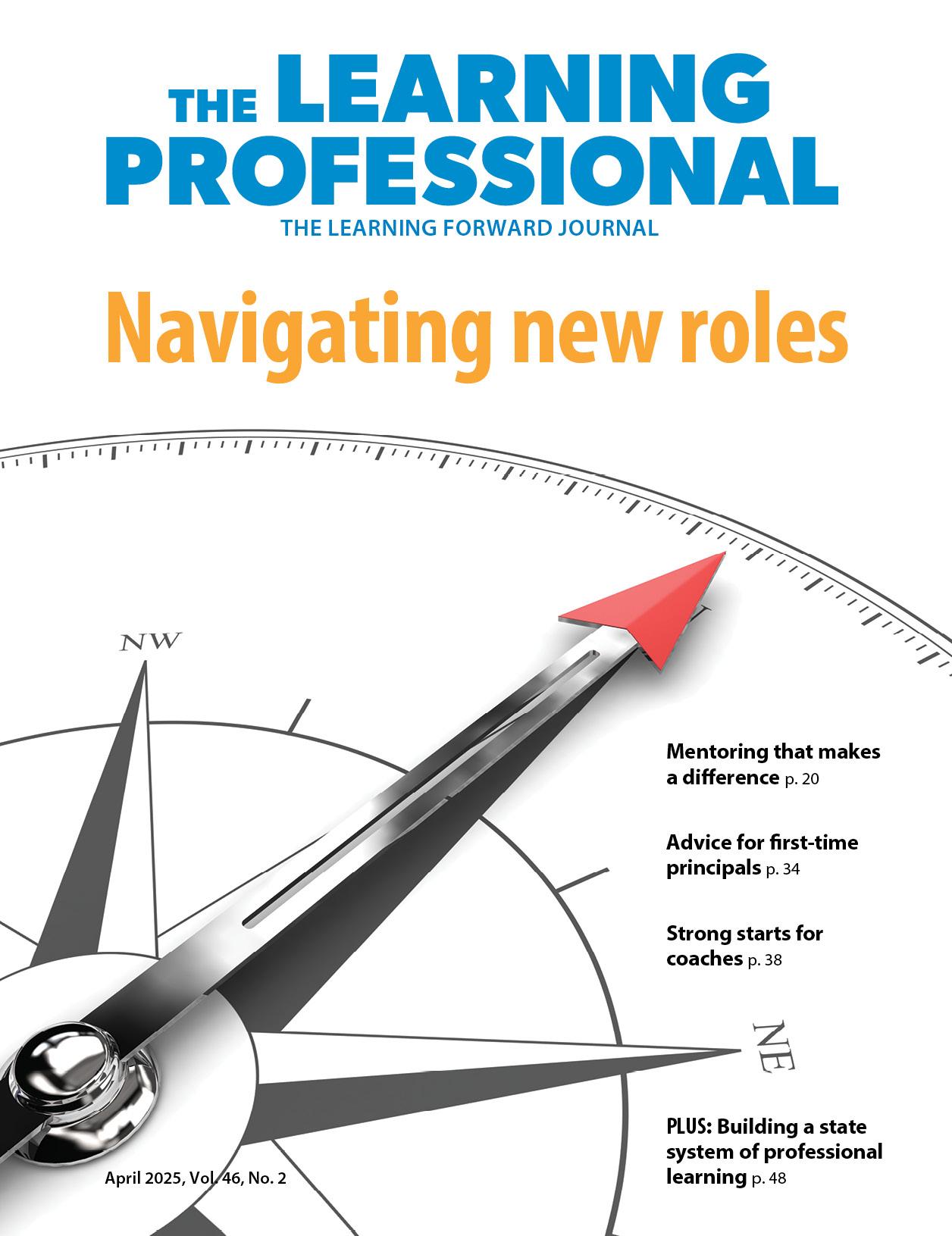Literacy Mash-Up
Discipline-specific practices empower content-area teachers.
By Hannah Dostal
April 2016
Read the remaining content with membership access. Join or log in below to continue.
Sed ut perspiciatis unde omnis iste natus error sit voluptatem accusantium doloremque laudantium, totam rem aperiam, eaque ipsa quae ab illo inventore veritatis et quasi architecto beatae vitae dicta sunt explicabo. Nemo enim ipsam voluptatem quia voluptas sit aspernatur aut odit aut fugit, sed quia consequuntur magni dolores eos qui ratione voluptatem sequi nesciunt. Neque porro quisquam est, qui dolorem ipsum quia dolor sit amet, consectetur, adipisci velit, sed quia non numquam eius modi tempora incidunt ut labore et dolore magnam aliquam quaerat voluptatem.
References
Bean, T.W. (1997). Preservice teachers’ selection and use of content area literacy strategies. The Journal of Educational Research, 90(3), 154-163.
Duke, N.K. & Pearson, P.D. (2002). Effective practices for developing reading comprehension. In A.E. Farstrup & S.J. Samuels (Eds.), What research has to say about reading instruction (3rd ed., pp. 205-242).
Newark, DE: International Reading Association. Lesley, M. (2004). Looking for critical literacy with postbaccalaureate content area literacy students. Journal of Adolescent & Adult Literacy, 48(4), 320-334.
Moje, E.B. (2008). Foregrounding the disciplines in secondary literacy teaching and learning: A call for change. Journal of Adolescent & Adult Literacy, 52(2), 96-107.
O’Brien, D.G., Stewart, R.A., & Moje, E.B. (1995). Why content literacy is difficult to infuse into the secondary school: Complexities of curriculum, pedagogy, and school culture. Reading Research Quarterly, 30(3), 442-463.
Wenz, C. & Gabriel, R. (2014). An integrative review and conceptual model of disciplinary literacy. Paper presented at the Literacy Research Association annual conference, Marco Island, FL.
Recent Issues
MAXIMIZING RESOURCES
August 2025
This issue offers advice about making the most of professional learning...
MEASURING LEARNING
June 2025
To know if your professional learning is successful, measure educators’...
NAVIGATING NEW ROLES
April 2025
Whether you’re new to your role or supporting others who are new,...
LEARNING DESIGNS
February 2025
How we learn influences what we learn. This issue shares essential...
